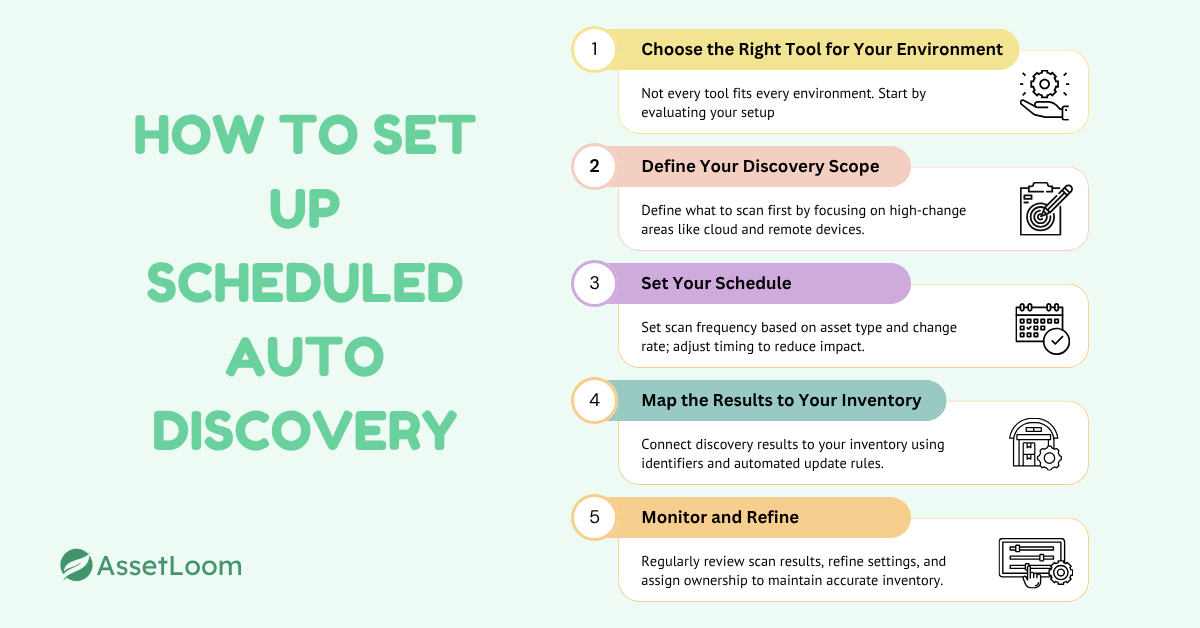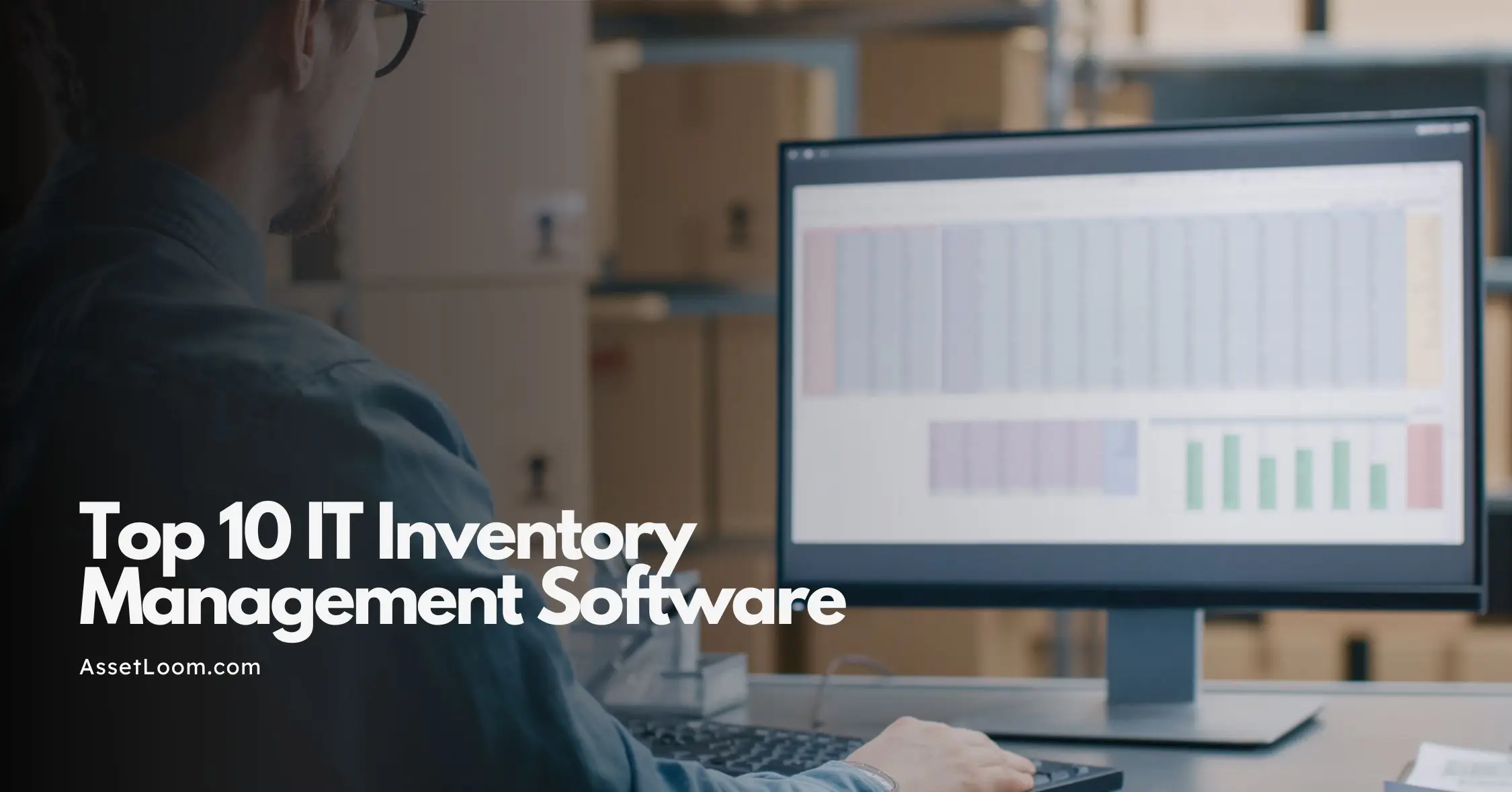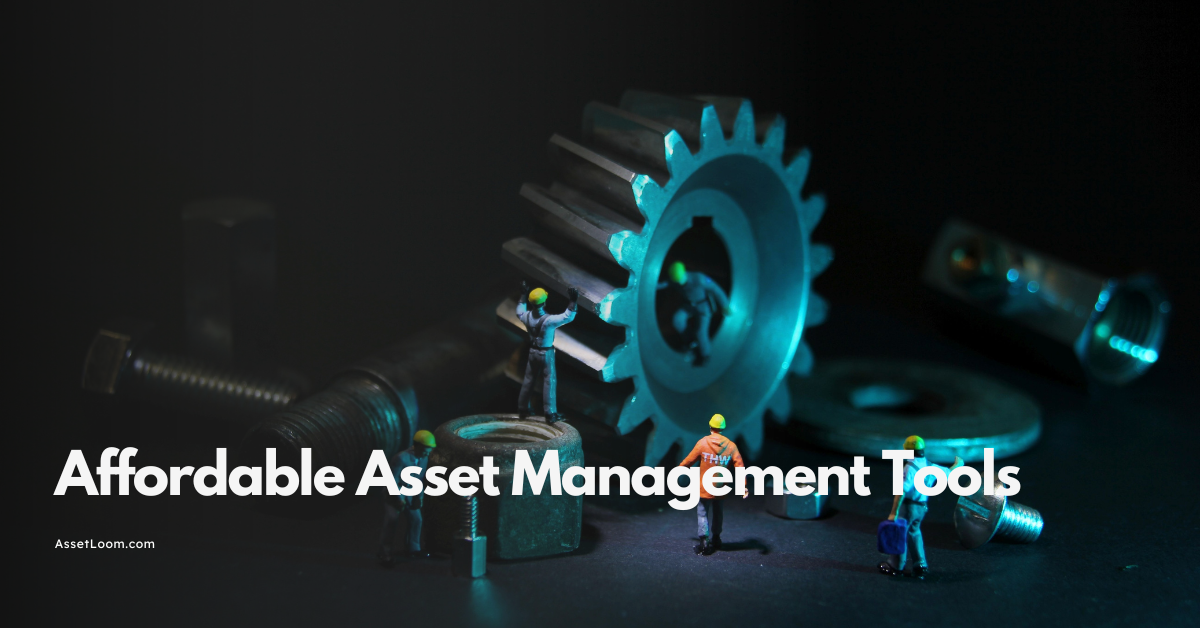Fixing Inventory Blind Spots with Scheduled Auto-Discovery
Learn how to fix IT inventory blind spots with scheduled auto-discovery. Get practical steps to improve visibility, reduce risk, and keep your asset data accurate.
IT inventory blind spots happen more often than most teams like to admit. A device goes untracked. A remote laptop never gets logged. A cloud VM spins up and no one notices until something breaks. These gaps aren’t just inconvenient; they can lead to compliance issues, missed patches, wasted spend, and security risks.
The problem usually isn’t that teams don’t care. It’s that their inventory process relies too much on manual updates or periodic check-ins that can’t keep up with how fast environments change.
That’s where scheduled auto-discovery comes in. It’s a reliable, automated way to scan your environment and surface what’s actually there; not just what you think is there. The result: fewer surprises, better visibility, and more control.
In this guide, we’ll walk through:
- What inventory blind spots look like and why they happen
- Why manual tracking doesn’t work anymore
- What scheduled auto-discovery is
- How to set it up step-by-step
- Pitfalls to watch for
- How tools like AssetLoom help you keep it all running smoothly
Let’s get into it.
What Are Inventory Blind Spots and Why Do They Matter?
Inventory blind spots are the parts of your IT Inventory management you don’t know about but should. They’re the unmanaged devices, overlooked endpoints, and hidden infrastructure that quietly sit just outside your visibility.
These blind spots show up in all kinds of ways:
- Unpatched servers forgotten after a migration
- Remote laptops that never reconnected to the VPN
- Cloud VMs that were spun up temporarily but never decommissioned
- IoT or rogue devices added without proper approval
- Ghost assets still listed as active in your CMDB, even though they were removed months ago
None of these sound dramatic in isolation. However, blind spots become a problem when they:
- Create security risks: an unmonitored device can be an open door
- Jeopardize audits and compliance: missing or inaccurate records can cause penalties
- Waste time: IT teams chase down devices or licenses that no longer exist
- Inflate budgets: companies pay for software or support tied to ghost assets
- Slow down incident response: you can’t fix what you can’t locate
In short, if your inventory doesn’t reflect reality, every decision you make from patching to procurement; carries more risk.
Scheduled auto-discovery is designed to close these gaps by continuously checking what’s out there and updating your records automatically. But before we dive into how it works, let’s look at why traditional inventory tracking isn’t enough anymore.
Why Manual Tracking Doesn’t Cut It Anymore
Manual inventory tracking may have worked when environments were smaller and simpler. But with today’s hybrid setups, constant device churn, and remote work, relying on spreadsheets or occasional audits just doesn’t scale.
Here’s why:
1. It’s Too Easy to Miss Something
Even the most diligent teams can overlook:
- Devices that were added outside of normal provisioning workflows
- Remote endpoints that rarely connect to the network
- Cloud assets spun up by developers for testing, then forgotten
- Software installed on personal or BYOD machines
A missed asset isn’t just a reporting issue; it could be a security or compliance risk waiting to happen.
2. Spreadsheets Age Fast
Inventory spreadsheets start out accurate, but they degrade over time. Someone forgets to update an entry, or a device is repurposed without being logged. Before long, the list you’re using to make decisions is outdated.
Spreadsheets also:
- Don’t alert you when changes happen
- Can’t detect unauthorized devices
- Are hard to audit and reconcile across teams
3. Human Input Is Inconsistent
Even in the best-run IT departments, people forget steps. A technician might skip entering a device in the CMDB because they’re busy. A decommissioned asset might stay marked “active” because no one updated the status.
Relying on human memory in a high-velocity IT environment isn’t sustainable.
4. Infrastructure Doesn’t Sit Still
Modern environments are dynamic:
- Containers and VMs are created and destroyed on the fly
- Remote workers connect from all over the world
- Cloud services shift and scale automatically
If your inventory process isn’t automated and scheduled, it won’t keep up with that pace.
What Is Scheduled Auto-Discovery?
Scheduled auto-discovery is exactly what it sounds like: a process that automatically scans your IT environment on a regular basis to detect what devices and systems are actually there. It replaces the need for constant manual updates with an automated, repeatable way to keep your asset inventory accurate and current.
Here’s what it actually does:
- Scans your network or cloud environment on a set schedule (daily, weekly, etc.)
- Identifies all connected assets, including hardware, virtual machines, software, and cloud resources
- Updates your asset inventory or CMDB with any new, changed, or removed items
- Surfaces anomalies like rogue devices, missing patches, or duplicate records
It’s not a one-time cleanup; it’s a continuous process that keeps your inventory aligned with reality.
How It Works
Auto-discovery typically uses one or more of these methods:
- Network scanning: Tools ping IP ranges, use protocols like SNMP, or scan for open ports to find devices.
- Agent-based tracking: Lightweight software agents installed on endpoints report back to your inventory system.
- Cloud API integration: Discovery tools connect to platforms like AWS, Azure, or Google Cloud to pull metadata about active resources.
- Remote monitoring: For devices not always on the company network, agents or VPN-aware tools track them from wherever they connect.
The most effective setups combine multiple methods to cover on-prem, cloud, and remote assets.
Why Scheduling Matters
Running discovery manually doesn’t solve the problem; it just shifts the burden. The real benefit comes from automating discovery on a fixed, predictable schedule.
This way, your inventory:
- Stays up to date without relying on memory or tickets
- Reflects actual changes in the environment (not just planned ones)
- Helps you catch issues early (like an unknown device that just appeared on the network)
In short, scheduled auto-discovery gives you continuous, real world visibility without the manual overhead.
How to Set Up Scheduled Auto-Discovery
Implementing scheduled auto-discovery doesn’t have to be complicated. You’re not overhauling your environment; you’re just giving your inventory process a set of eyes that never blink.
Here’s how to get started, step by step:

Step 1: Choose the Right Tool for Your Environment
Not every tool fits every environment. Start by evaluating your setup:
- Do you need to track on-prem, cloud, and remote devices?
- Do you already have a CMDB or ticketing system in place?
- Do you want agentless scanning, or can you install lightweight agents?
Look for tools that:
- Offer scheduled scanning options
- Support multiple discovery methods (network scan, API, agent)
- Integrate with your existing platforms
- Provide clear, readable output without a steep learning curve
Options to consider:
- Lansweeper: An established choice for hybrid environments, Lansweeper runs scheduled network scans across IP ranges and SNMP-capable devices to uncover every connected asset: servers, printers, VMs, and more
- ManageEngine ServiceDesk Plus: Offers scheduled asset scans with network and agent-based methods. It syncs scanned devices into the central CMDB and alerts you about new or changed assets.
- Other alternatives include SolarWinds Asset Management, Ivanti Neurons for Discovery, Nagios XI, or ConnectWise Automate. The key is choosing one that supports scheduled automated scanning and integrates with your systems
Step 2: Define Your Discovery Scope
You don’t have to scan everything at once. Start by identifying:
- What subnets or IP ranges to scan
- Which cloud regions or accounts to connect
- Which remote endpoints need to be covered
Break your environment into zones:
- Static areas (like printers and network switches) may need scans weekly
- Dynamic areas (like cloud-hosted dev environments) might need daily visibility
Keep it manageable; aim for visibility where change is most frequent.
Step 3: Set Your Schedule
Choose how often discovery should run based on the type of assets and how frequently they change.
Typical frequencies:
- Daily: Cloud VMs, remote endpoints, containers
- Weekly: On-prem servers, network devices
- Monthly: Static infrastructure, archived systems
Most tools let you schedule scans by time of day and day of week. Be mindful of business hours to avoid unnecessary traffic spikes.
Tip: Run your first few scans after hours to measure load impact and adjust timing before going live.
Step 4: Map the Results to Your Inventory
Discovery data isn’t useful unless it connects to your actual asset records.
To close the loop:
- Sync the discovery tool with your CMDB or asset platform
- Use unique identifiers (MAC address, hostname, device ID) to match and update existing records
- Set up automated rules to mark new devices as pending review or flagged for action
Step 5: Monitor and Refine
Scheduled discovery isn’t fire-and-forget. After setup:
- Review logs and reports regularly to confirm scan success
- Watch for anomalies (like duplicate entries or unexpected devices)
- Adjust scanning scope or timing based on performance or false positives
- Assign ownership; someone should be responsible for responding to new or missing assets
Set a recurring task to check scan results and spot check your inventory for accuracy.
Common Pitfalls and How to Avoid
Scheduled auto-discovery can be incredibly effective but only if it’s configured and managed the right way. A few common mistakes can lead to inaccurate data, missed devices, or even network slowdowns.
To stay on track, Here’s what to watch for and how to avoid each:
1. Overloading the Network
Running full network scans during peak hours can cause congestion or trigger alerts from monitoring tools.
How to avoid it:
- Schedule scans during off-peak hours (overnight or weekends)
- Break large IP ranges into smaller segments
- Use throttling or scan pacing if supported by your tool (e.g., Lansweeper allows controlled scan intervals)
2. Missing Remote or Off-Network Devices
Devices that don’t connect regularly to the local network like remote laptops or traveling employees’s machines; go undiscovered.
How to avoid it:
- Use an agent-based method for endpoints that move off-network
- Connect discovery tools to your MDM, VPN, or RMM systems for better visibility
- Schedule cloud discovery to catch ephemeral VMs or containerized services
3. Duplicated or Stale Asset Records
A device appears as a “new” asset every time it changes IP address, or old assets stay listed long after they’re gone.
How to avoid it:
- Ensure the discovery tool uses reliable unique identifiers (e.g., MAC address, serial number)
- Set rules to merge or suppress duplicates
- Automatically expire or flag inactive assets after a defined period
4. Scan Results Aren’t Actionable
Your scan completes, but no one reviews the results, leading to missed changes or risks.
How to avoid it:
- Assign someone to review discovery reports weekly or monthly
- Set up alerts for new devices, failed scans, or unexpected changes
- Build workflows: for example, if a new asset appears, it's automatically flagged for IT to classify or secure
5. “Set It and Forget It” Thinking
What happens: Discovery is working at first, but over time it drifts — scan windows become outdated, new networks are added but not scanned, etc.
How to avoid it:
- Treat discovery as a process, not a project
- Revisit scope and scan frequency quarterly
- Build it into your IT operations checklist (e.g., during patch cycles or asset audits)
What Visibility Really Gives You
When scheduled auto-discovery is running, the benefits show up fast:
- Faster troubleshooting: You can locate and understand issues without digging through outdated records.
- Audit-ready inventory: Compliance checks go smoother when your asset data is always accurate.
- Improved security: Hidden devices and rogue endpoints get flagged before they become risks.
- Smarter asset decisions: You avoid overbuying licenses and can retire unused equipment with confidence.
- Less busywork: No more chasing devices or reconciling spreadsheets manually.
Add a tool like AssetLoom for asset tracking and lifecycle insights, and you have a complete system: discover, track, act.
Conclusion
Inventory blind spots happen but they don’t have to stick around. Scheduled auto-discovery gives you a reliable way to keep your asset list accurate without relying on memory or spreadsheets. It helps you respond faster, stay compliant, and reduce risk.
Start small. Scan what changes most. Review results regularly.
Pair your discovery tool with a asset management tool like AssetLoom, and you’ll always know what’s in your environment and what to do with it.

Related Blogs
Subscribe for Expert Tips and Updates
Receive the latest news from AssetLoom. right in your inbox


